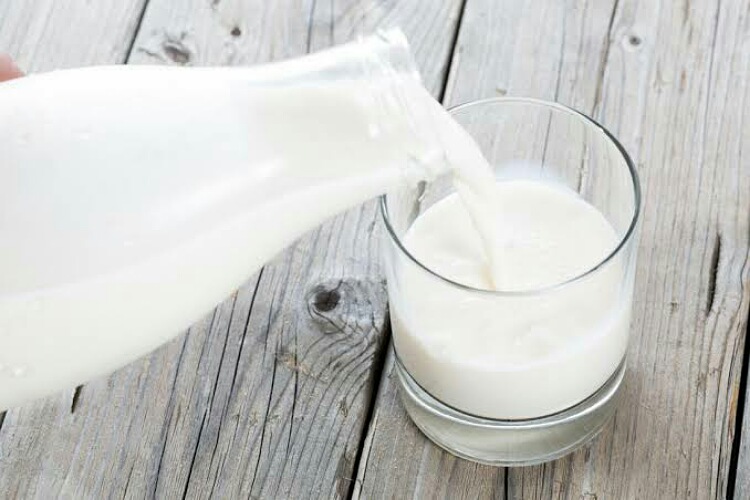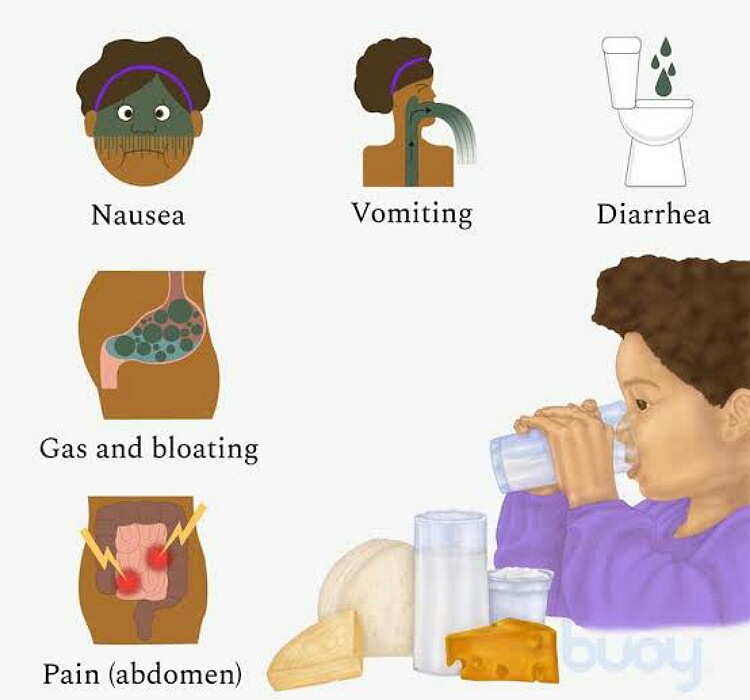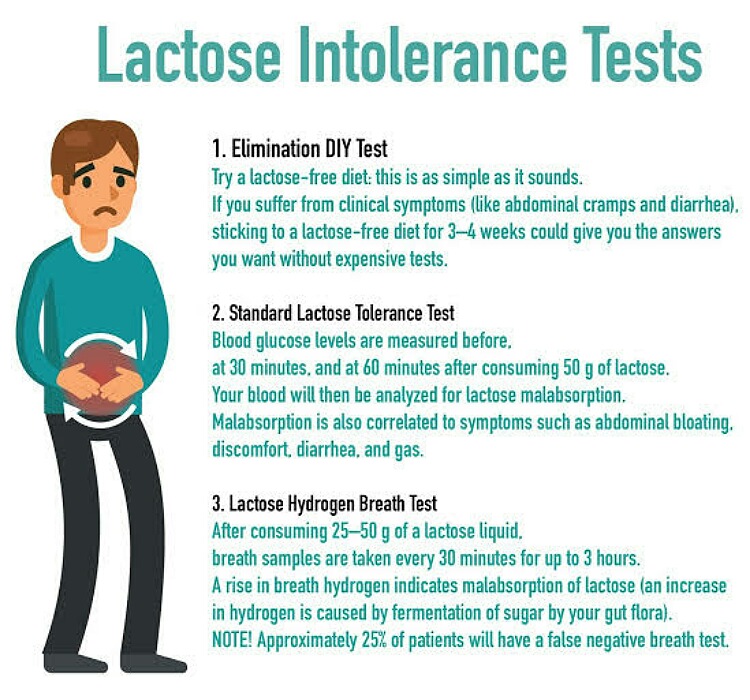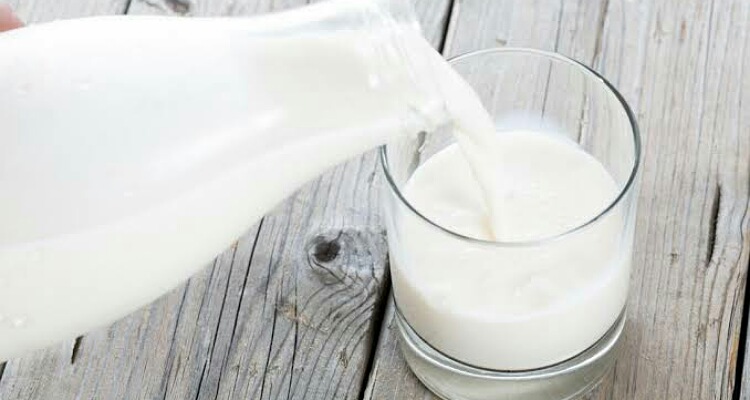Milk is nutritious for the body. It has a lot of nutrients. But often lactose intolerance and cow milk allergy gets diagnosed in children as well as adults.
This causes people to switch to milk alternatives. These might not necessarily be as healthy as milk. But is lactose intolerance or cow milk allergy as common as people and experts claim it to be?
Milk and its benefits for health
Milk is a healthy food that even our ancestors drank. Robert Boyle from Imperial College, London is a Pediatric allergist. He says:
“Milk has an almost perfect combination of nutrients. The protein is of the highest quality. It’s also got lots of nice fat soluble vitamins and lots of minerals. It’s the only food we consume that’s specifically evolved to be nutritious.”

Our ancestors lacked the enzyme lactase to break down lactose in the gut. Despite that, they were able to consume milk with no ill effects. The lactase enzyme is present in humans only for the last 3000 years.
Genetic studies have revealed that even now only one-third of the population has this enzyme. In China, 92% of the people still lack the enzyme.
Yet people in China consume a lot of dairy products with no problems of intolerance. These include bloating, stomach cramps, vomiting, and loose motions. But Mark Thomas, professor of evolutionary genetics at UCL states:
“People who don’t produce lactase actually generally don’t suffer symptoms at all, without drinking very large quantities of milk, over a litre of milk or something like that,”
Lactose intolerance vs cow milk allergy
Often lactose intolerance is confused with cow milk allergy. In the latter condition, the culprit is protein casein found in many dairy products. It is mediated through IgE antibodies and is more severe and even dangerous.
Symptoms are related to the skin, respiratory tract, and gut. It affects 1% of children under two years of age.
While lactose intolerance is noted in 5% of Britons, reveals the British Nutrition Foundation. Private healthcare specialist Bupa puts this to 10%. To differentiate, Mark explains:
“One good way of telling if somebody has milk allergy rather than lactose intolerance is if they say that they get symptoms when they eat cheese,”
“Hard cheese has got virtually no lactose in it at all, butter has virtually none. Yogurt has about a third of the lactose of milk, and soft cheese has got some but not a massive amount.”

Is lactose intolerance that common?
Often, people misdiagnose or overdiagnose lactose intolerance. They usually self-diagnose using scientifically unproven tests such as bioresonance testing or muscle kinesiology testing.
They switch to milk alternatives such as soy, oat, or almond milk. These are no doubt good but they are not indicated. Additionally, they have added sugars and can cause obesity and tooth decays.
Pediatricians are also shocked at the increased prescriptions of alternative milk in infants and toddlers. Tom Sanders, an emeritus professor of nutrition and dietetics at King’s College London advises hydrogen breath test to diagnose lactose intolerance. He says:
“It’s not something that GPs do as they regard it as such a minor thing, but it’s quite an easy test,”
“You give someone a standard dose of lactose, wait half an hour, and then get them to breathe, a bit like with an alcohol breath test. If hydrogen is present, it shows that the lactose hasn’t been digested fully.”
Robert Boyle also feels:
“There is unnecessary concern about lactose intolerance in babies as well as milk allergy,”
“Babies get a lot of symptoms when they drink milk, be it mother’s milk or formula milk, because they’re drinking such large volumes. Babies will drink up to a fifth of their body weight in milk each day, so it’s not surprising they get some tummy ache, runny poos and vomiting with that. But this gets labelled as lactose intolerance or allergies much more than necessary.”

Another important point
Read more: What is almond milk literally? Cow milk vs almond milk: which is better?
A person who has lactase deficiency will get symptoms only when he consumes large amounts of milk. Also, if he or she simultaneously takes a diet of processed foods, the gut microbiome is altered and there are large gut transit times.
The milk gets acted upon by the bacteria inside and releases gases to cause symptoms. But when milk in a lactase deficient person is taken along with a high-fiber food, the transit time is shortened and no symptoms arise.
This explains why our ancestors did not have any symptoms with milk despite having no lactase enzyme. One can avoid problems with milk consumption by taking lots of fruits and vegetables along with it.
Avoid processed foods. The fear of lactose and milk is exaggerated and unfounded and should be removed from the minds of people. Embrace milk wholeheartedly and drink its benefits!
